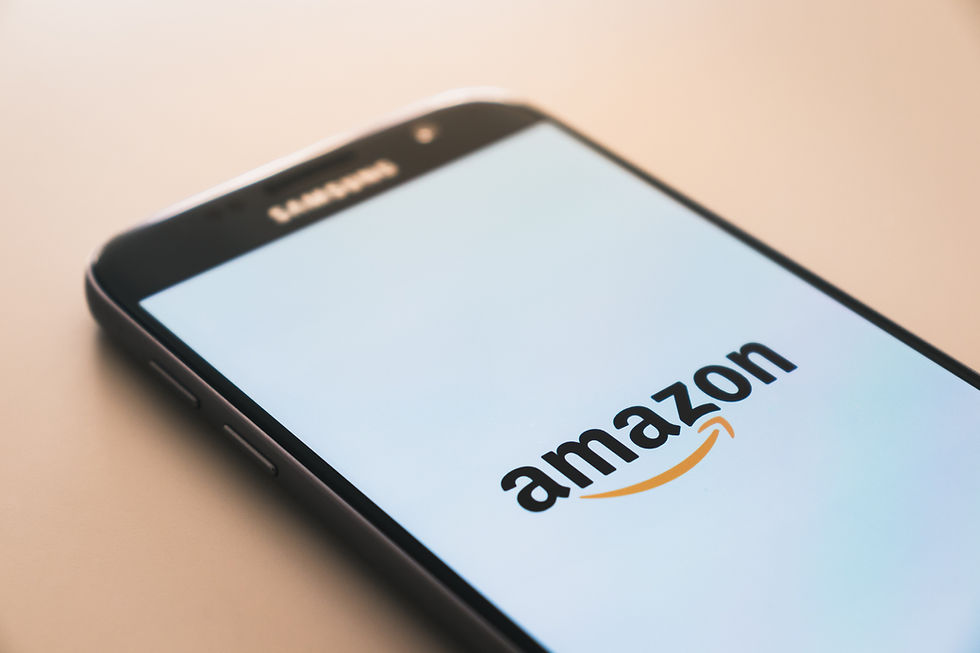
Each month, more than 213 million people visit Amazon.com. It’s unrivaled in the US, where 95 million people have a Prime membership. While there’s been significant reporting around Amazon’s business practices and treatment of its employees, there’s been little backlash from consumers. In fact, analysts predict that in 2022 Amazon will overtake Walmart to become America’s largest retailer.
Here are a few facts about the company and benefits of selling on the platform:
maintains an incredibly sophisticated, intuitive and customer-focused platform
is one of the largest retailers in the world, listing 3 billion products
sells $175 billion of products annually through its marketplace, not including Amazon retail
offers a way to access a tremendous amount of web traffic with little-to-no marketing cost
allows companies to easily and quickly scale up through Fulfillment by Amazon
is essentially a search engine–44 percent of American consumers go there directly to search for products before using Google
It’s the retail apocalypse, and you’re either on the inside or the outside.
Cons of Selling Your Product on Amazon
As mentioned earlier, aside from the easily-Googleable questions surrounding Amazon, there are as many watch-outs as there are plaudits for selling on the platform. With any opportunity this big, there are bound to be some bad actors looking to game the system, but Amazon really is the wild wild West.
Firstly, you have absolutely no control over the platform. Sellers have reported:
being undercut on price by Amazon
having their prices fixed by Amazon after a flash sale
having their products duplicated by Amazon’s own private label brand
having their shop banned.
There are also some concerns about competition among the sellers on the platform themselves.
People have reported:
having their products copied by other sellers
having competitors buy their item then return a fake or knock-off
having someone buy up, then return a large volume of stock to disrupt inventory
having their pages flooded with disingenuous negative feedback
having their pages flooded with 5* feedback (Amazon will assume it’s a paid-for bot if a seller receives a large volume of 5* reviews at the same time and take the page down)
How to Protect Your Brand on Amazon
You can do a few things to protect your income from the retailer. Here are some examples:
Don’t rely solely on Amazon – Try to have at least 25% of your sales coming from another marketplace or a platform you have more control over, like your own website.
Trademark and register your name – Amazon has automated protections that use information about your brand to remove suspected infringing or inaccurate content proactively. After trademarking your name, register it with Amazon Brand Registry.
Make a note of the serial numbers of the products you’re selling, and add them to the packaging slip. Electronics are the most-targeted products by scammers. If they’re a central tenet of your business, make sure you know which products are going out.
Send items with insurance and require a signature.
If you have your own product and are manufacturing abroad, assemble the pieces yourself. Your supplier won’t be able to sell your finished product to other sellers if they’re only making the parts.
Keep an eye on the ‘other sellers on Amazon’ tab on your product page. That way, you’ll be able to see if another seller is selling your product.
Ways to Thrive on Amazon
Here are a few tips we’ve picked up for getting more positive reviews and for climbing up the search-result ranks.
Optimize your product pages – Do a little keyword research and spend time writing your title, bullet points, and description, using simple language, as much detail as you can, and words you know people are searching for. Include high-res images of your product on a white background. If you’re feeling fancy, use limited HTML effects for your descriptions (bold, italics, bullet points) to create structure.
Follow-up after each purchase with a well-written email that encourages reviews – That way, you can prevent any potential negative reviews by fixing a problem ahead of time, and remind people who are happy to leave a positive review.
Respond to negative feedback – Kindly, timely, and with a solution–even if the review seems fake. Amazon does take into account whether issues are resolved.
If you see that a top reviewer has purchased your product, take time to send a personalized message of thanks, perhaps with a discount code for future purchases.
Make your products eligible for Prime by using Amazon’s fulfillment – It can be a difficult decision to hand over an essential part of your process to Amazon (and pay the hefty fees) but take into account that more and more users are filtering for Prime-only products.
Experiment with pay-per-click ads – You might like to wait until your posting has a few reviews before you start promoting your product in the Amazon search results. It’s a straightforward process that will teach you a lot about optimizing your page and which keywords are working.
Make use of other digital marketing methods – Facebook, Instagram, and Google ads can help drive traffic to your page, like any other website.
Do some in-depth competitor research – Buy your competitor’s product and check their labeling, packaging, email correspondence, and information.
Think about auto-repricing –
If you have a ton of products on Amazon, you might like to consider using an auto-repricer. Its main aim is to get your wares in the coveted ‘Buy Box’ and will adjust your pricing up or down a little to keep your product competitive.
Do you have an Amazon seller trick or horror story? Let us know, and we’ll share it with our community of women entrepreneurs so that we can all rise together.

Comments